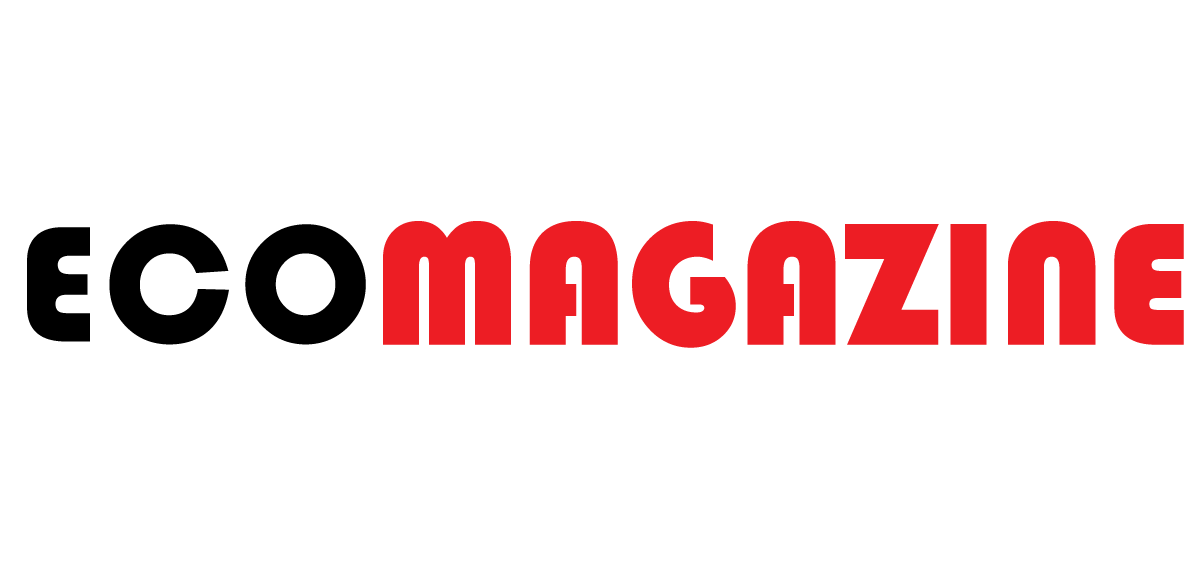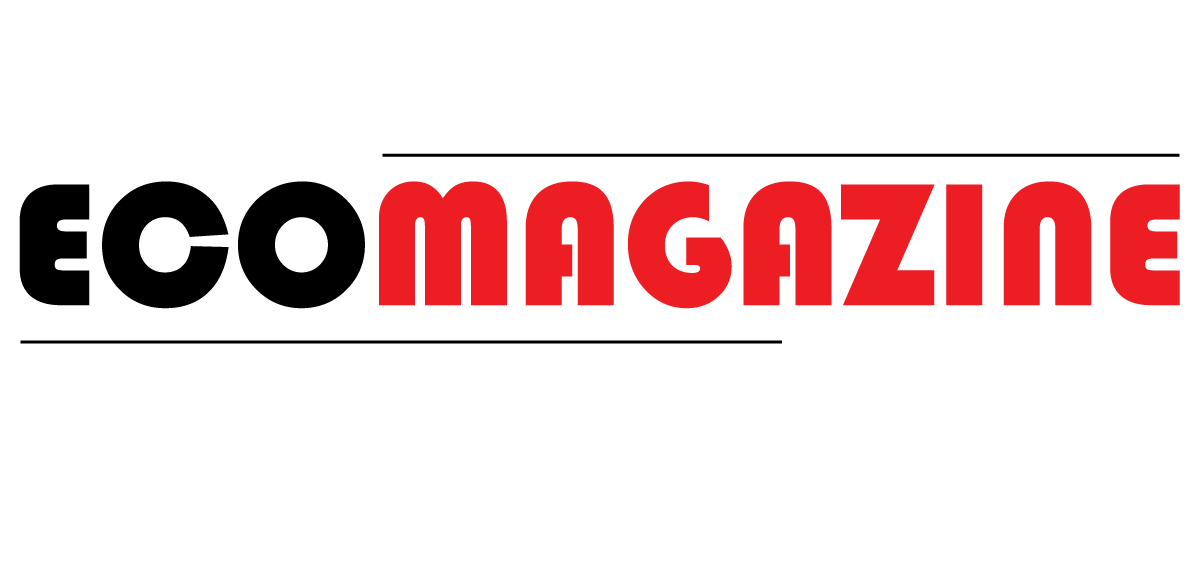With the increasing understanding of sleep and its impact on overall health. Various methods have emerged to help individuals gain insights into their sleep patterns. One such comparison is between traditional sleep studies and advanced technology like Owl Eye Sleep vs sleep study. Choosing between these options can be be perplexing. So it’s important to understand both methods to figure out which suits your needs best.
Understanding Traditional Sleep Studies
Doctors consider sleep studies, also known as polysomnography, the gold standard for diagnosing sleep disorders. Conducted in a sleep laboratory or hospital. These studies involve monitoring various bodily functions during sleep, including brain activity, eye movements, oxygen levels, heart rate, and breathing patterns. This allows for a comprehensive analysis of a person’s sleep cycle and identification of any irregularities.
Benefits of Sleep Studies
The primary benefit of a sleep study is its accuracy and thoroughness. Healthcare professionals conduct it in a controlled environment, providing detailed insights into various sleep disorders. Such as sleep apnea, restless leg syndrome, and narcolepsy. Medical personnel ensure that they can promptly address any immediate health concerns.
Owl Eye Sleep: Revolutionising Sleep Analysis
On the other hand, Owl Eye Sleep offers an innovative at home sleep test app that empowers users to monitor their sleep from the comfort of their own bedroom. This technology utilises advanced algorithms and wearable devices to track sleep habits without the need for cumbersome equipment typically used in labs. It provides a more accessible and less intrusive solution for individuals seeking to understand their sleep better.
Advantages of Owl Eye Sleep
The convenience and comfort of conducting the assessment in one’s own home is a significant advantage. Owl Eye Sleep enables long-term monitoring, offering a more realistic picture of one’s sleep patterns over time. Additionally, it is particularly useful for those experiencing mild sleep issues or those simply looking to enhance their sleep hygiene practices.
Comparative Analysis
When contrasting the two, it is evident that both Owl Eye Sleep and traditional sleep studies have their merits. While sleep studies offer a depth of detail required for diagnosing severe sleep disorders, Owl Eye Sleep provides a practical and user-friendly approach for ongoing sleep monitoring.
Cost Considerations
Another important factor is cost. Traditional sleep studies can be expensive, especially if multiple nights in a lab are needed. Conversely, Owl Eye Sleep’s approach often comes at a fraction of the cost, appealing to those seeking budget-friendly options without compromising on the quality of insights.
Personalised Sleep Analysis
Personalisation is a growing trend in healthcare, and sleep analysis is no exception. Systems like Owl Eye Sleep offer tailored advice and tips based on the user’s data, enhancing the overall value of the insights gained. This feature can be particularly beneficial for individuals keen on self-improvement and willing to make lifestyle changes based on their sleeping patterns.
Ease of Use
For many, the ease of use associated with sleep apnea self check options like Owl Eye Sleep is invaluable. The blend of technology and comfort ensures that users are more likely to comply with ongoing monitoring. Thus obtaining consistent data necessary for effective sleep management.
Conclusion
In summary, the choice between Owl Eye Sleep and traditional sleep studies should be guided by the individual’s specific requirements, budget, and preferences. Those requiring detailed diagnostic information may still prefer the comprehensive nature of lab-based studies, while those seeking convenient and ongoing monitoring might find Owl Eye Sleep to be an excellent alternative. Ultimately, the goal is to gain accurate insights into one’s sleep health, leading to improved quality of life.


